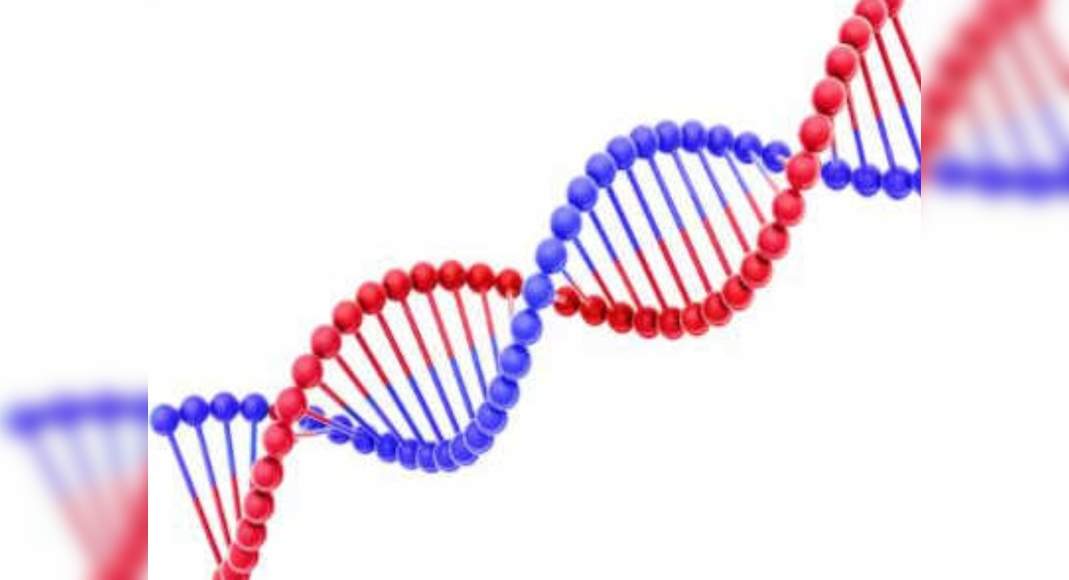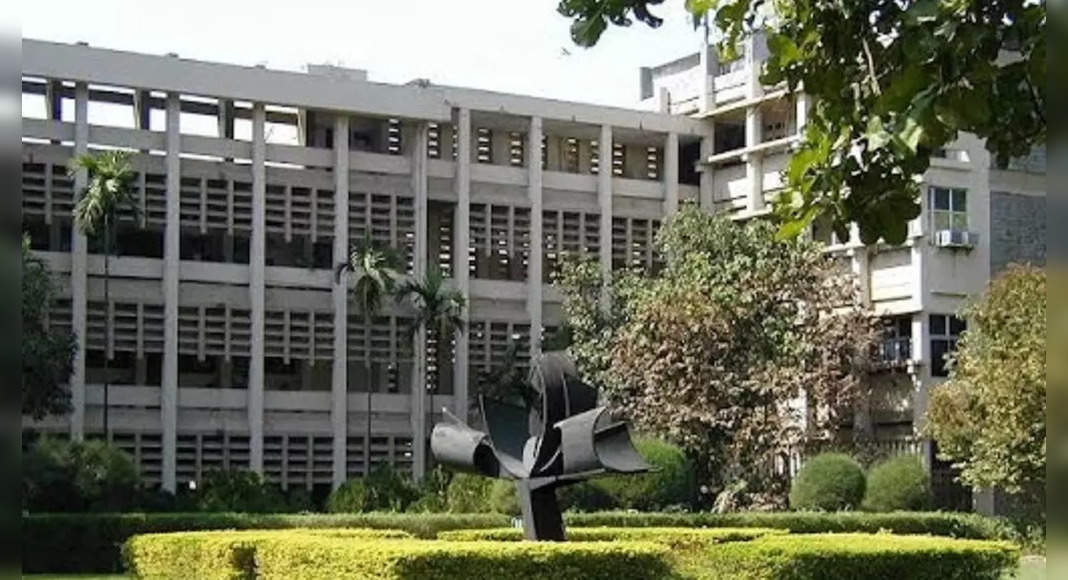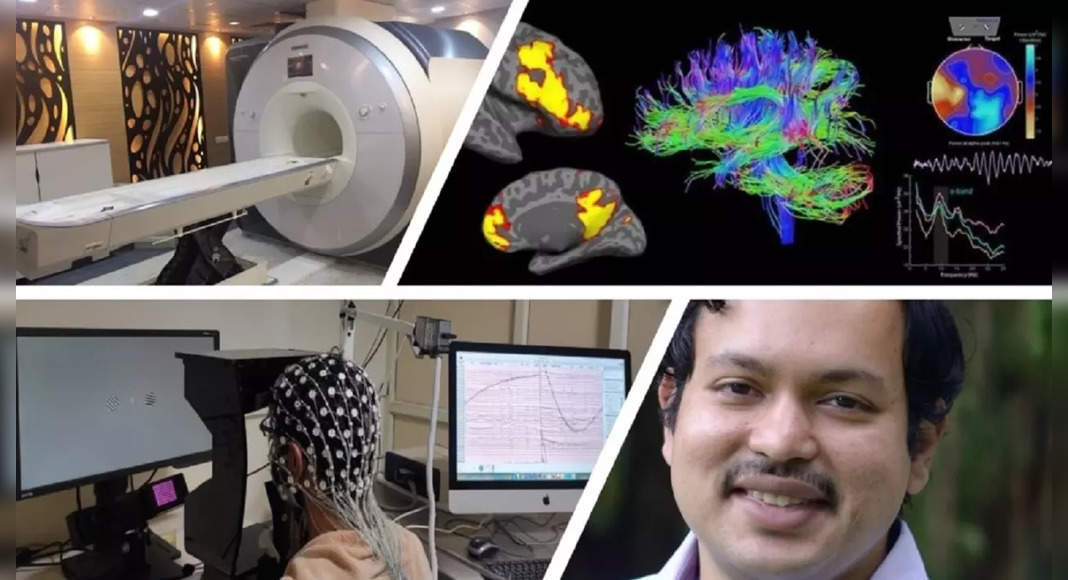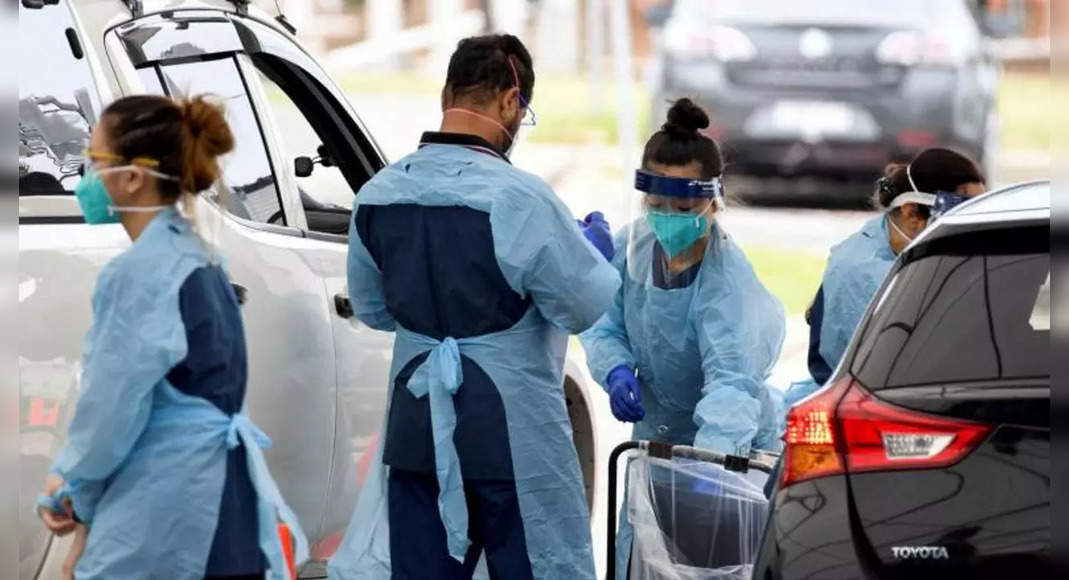NEW DELHI: The process of human genome sequencing is finally complete, 20 years after researchers first cracked the human gene code.
This should usher in a new era of genomics and sharply increase our understanding of a wide variety of disorders affecting people.
It could also lead to better genetic screening that enables quick and specific diagnostic tests to treat various maladies.
In 2001, Celera Genomics and International Human Genome Sequencing published the first drafts of the human genome.
That was a breakthrough moment in genomics, allowing scientists to understand human evolution and biology better.
But scientists at that time were not able to decode 15% of the genome sequence because they didn’t have the technology.
They made more progress over the years, but even by 2013, 8% of the genome (all genes together) still had not been sequenced.
Now, researchers at the Telomere-to-Telomere (T2T) consortium, an international collaboration, have sequenced the “first truly complete human reference genome”.
TOI accessed the preprint paper titled ‘The complete sequence of a human genome’ which dubs the new sequence T2T-CHM13.
Human genome is the complete set of the DNA.
DNA strands are like a four-letter language — four chemical units or bases that are the alphabet.
The ‘letters’ combine specifically with ‘letters’ in the opposite strand to form ‘words’, encoding information.
All these ‘words’ are stored in the chromosomes in human cells.
If a human genome were a book, it would have around 3-billion words (base pairs) across 22 chapters (chromosomes).
So, with 8% of the genome not sequenced, it meant some pages of this book were missing.
This has now been plugged.







